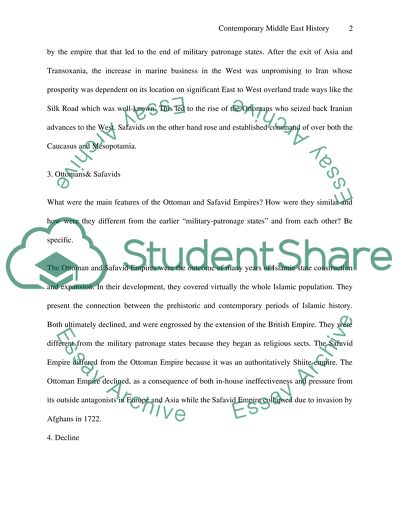Cite this document
(Middle East History: the Ottoman Turks and Safavids Assignment, n.d.)
Middle East History: the Ottoman Turks and Safavids Assignment. Retrieved from https://studentshare.org/history/1548797-contemporary-middle-east-history-project-5
Middle East History: the Ottoman Turks and Safavids Assignment. Retrieved from https://studentshare.org/history/1548797-contemporary-middle-east-history-project-5
(Middle East History: The Ottoman Turks and Safavids Assignment)
Middle East History: The Ottoman Turks and Safavids Assignment. https://studentshare.org/history/1548797-contemporary-middle-east-history-project-5.
Middle East History: The Ottoman Turks and Safavids Assignment. https://studentshare.org/history/1548797-contemporary-middle-east-history-project-5.
“Middle East History: The Ottoman Turks and Safavids Assignment”, n.d. https://studentshare.org/history/1548797-contemporary-middle-east-history-project-5.


